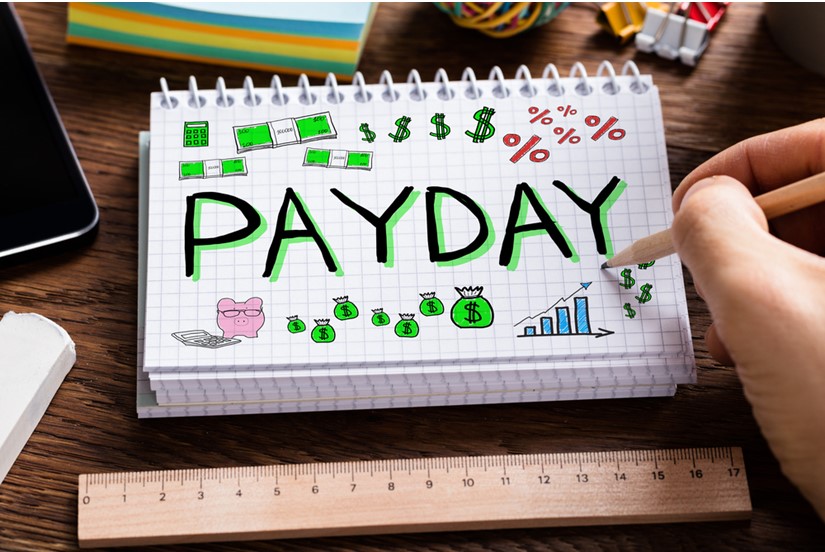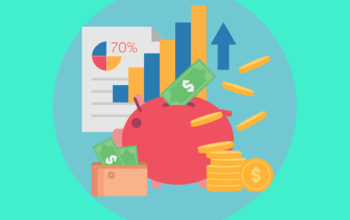If you run your own business in New Zealand, chances are you might have heard about Payday Filing. Payday Filing is a significant change implemented by the New Zealand government with regards to how employers report their employee payroll to the Inland Revenue, also known as the IR. All employers are meant to be compliant with these new standards by April of 2019, so if you haven’t gotten around to it yet, this is the article for you. Today we will have a look at exactly what Payday Filing is and how you should start preparing for it, so read on to find out more!
What Exactly Is Payday Filing?
Payday Filing is a new system in which employers are to report their payrolls to the IR whenever payday comes around. With Payday Filing, employers are expected to update their payroll systems no later than April 2019 in order to meet payroll reporting obligations. Under Payday Filing, payroll information is sent to the IR electronically every payday, as opposed to the current system where payrolls are reported on a monthly basis. Employees tax and KiwiSaver information are directly sent to the IR online from the payroll system, meaning that employers will no longer need to file the Employer Monthly Schedule (EMS).
How Does Payday Filing Affect Me?
You may be wondering just how Payday Filing will affect your business, and if so, do continue reading! If you are an employer with $50,000 or more of superannuation contribution tax and PAYE, you will need to upgrade to a payroll system that is compliant with the new Payday Filing standards. You will also need to review some of your payroll procedures, if necessary.
If you are an employer with less than $50,000 in PAYE and superannuation contribution tax, you have the option to file electronically or file via paper returns. For those who opt for the latter, you will have to file your Employment Information Schedule (EIS) within 10 days of paying your staff or choose to file two EIS – one in the middle of the month and one at the end.
For those who are still using older software, it is of utmost importance that you upgrade your software in order to be compliant with Payday Filing standards. The sooner you do this the better, as it will smoothen your transition into Payday Filing a lot easier and minimise disruption to your business.
How Can I Prepare for Payday Filing?
Whether you are a small or large business, it is advised that you start preparing for Payday Filing as soon as possible. First of all, all employers are encouraged to upgrade to new payroll software as soon as you can and to review all requirements now in order to prevent any errors from occurring in the near future.
Does your current payroll software offer you everything you need, or would it be wiser for you to upgrade to a new one? All these are questions to ponder and discuss with your accounting team, so keeping everyone in the loop is always advised. Starting this software review ahead of time will ensure that you have a smooth transition into Payday Filing, which realistically, is just around the corner. Always consider your options and implement changes in advance, and you’ll avoid any last-minute decision making that may cause disruptions in your business when the time comes.
We hope that this article has given you some insight into Payday Filing, how it will affect you and how you can go about preparing for it in the near future. Good luck with your transition!
Related Posts












